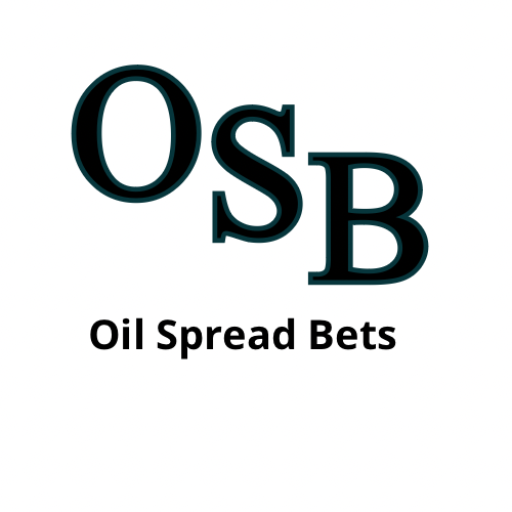Please look at what happened in the oil market last week here.
Related Atricles
Historical Oil Price Trends and What They Mean for Spread Betting
Understanding historical oil price trends helps traders identify potential trading opportunities and risks. Oil prices show distinct patterns during different economic and geopolitical conditions. Learning from past market behaviour improves future trading decisions...
Mastering Spread Bets: How Leverage Works For or Against You
Leverage acts as a double-edged sword in oil spread betting. Understanding its proper use helps maximize benefits while minimizing risks. Learn how leverage works so you can make informed trading decisions.Understanding Leverage Basics Leverage allows traders to...
The Importance of Position Sizing in Oil Spread Betting
Position sizing plays a crucial role in successful oil spread betting strategies. Professional traders consider proper position sizing as important as market analysis. Understanding and implementing effective position sizing helps protect trading capital while...
Common Mistakes to Avoid in Oil Spread Betting
Understanding common trading mistakes helps improve oil spread betting results and protect trading capital. Many traders make similar errors when starting their trading journey. Learning from others' mistakes can accelerate your trading development and improve overall...
How to Calculate Risk-Reward Ratios in Oil Trading
The risk-reward ratio forms a fundamental part of successful oil trading strategies. Professional traders use this calculation to evaluate potential trades and manage risk effectively. Understanding and applying proper risk-reward calculations improves trading results...
Best Mobile Apps for Oil Spread Betting
Mobile trading apps have revolutionized oil spread betting by providing constant market access and analysis tools. Professional traders now combine desktop and mobile platforms for comprehensive market coverage. Understanding available apps helps choose the right...
Using Charting Software in Oil Spread Betting
Charting software plays a crucial role in successful oil spread betting strategies. Professional traders use various chart types and indicators to identify opportunities and manage risks. Understanding these tools helps improve trading decisions and market...
Top Tools for Analysing the Oil Market
Successful oil trading requires effective analysis tools and consistent application methods. Professional traders combine multiple instruments to improve decision-making accuracy. Understanding these tools helps develop systematic trading approaches and better market...
The Role of OPEC in Determining Oil Prices
OPEC plays a crucial role in global oil markets through production decisions and market management. The organization's actions influence both short-term price movements and long-term market trends. Understanding OPEC's role helps traders anticipate market changes and...


